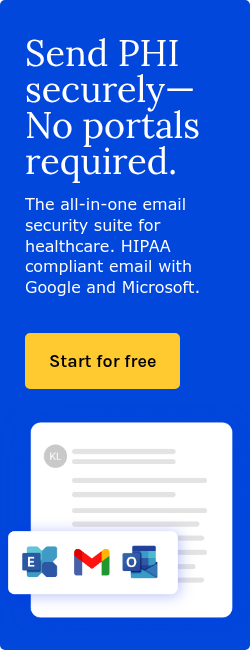1 min read
3 min read
Best practices for COVID-19 digital contact tracing: Privacy, ethics, and cooperation
Chloe Bowen October 30, 2020


It is almost certain that digital contact tracing technology (DCTT) will become part of the COVID-19 response in the United States; in fact, the CDC has already weighed in on the topic. Johns Hopkins University recently organized an expert group led by the Berman Institute of Bioethics in collaboration with the Center for Health Security to examine the ethics, law, policy, and public health implications of using digital technologies to augment manual contact tracing efforts.
Overall, the group urges a stepwise approach that prioritizes aligning new technology with public health needs and values.
You can access the full report here. Below we will summarize the high-level findings.
Main points
Johns Hopkins' full set of recommendations are intended to: (1) support effective and informed adoption of DCTT; (2) encourage designing flexible technologies that maximize public health while respecting privacy; (3) establish meaningful user consent; (4) promote using DCTT in an equitable and fair manner; and (5) foster transparent governance and oversight.High-level takeaways include the following:
- DCTT must evolve depending upon local conditions, new evidence, and changing preferences and priorities.
- New technology should protect privacy, providing layers of additional capabilities that users may choose to activate.
- Public health professionals and researchers need access to de-identified data to support disease research.
- The benefits and burdens of using DCTT should affect everyone equally; new tools must not propagate social inequalities.
Categories of DCTT
Digital contact tracing technologies and platforms fall into three broad categories:
- Maximal approach: such as in South Korea
- Minimal approach: such as Apple/Google's decentralized privacy-preserving proximity tracking (PPPT)
- Middle-ground approach: tools that augment manual contact tracing and share data with public health officials.
How DCTT works with manual contact tracing
DCTT can augment traditional contact tracing efforts, either by working independently alongside manual contact tracing, or by being integrated to make manual tracing faster, more thorough, and more efficient.
If DCTT works alongside manual contact tracing, individuals would download proximity tracing or exposure notification apps, receive alerts if they’ve had potential contact with another user who has COVID-19, and voluntarily self-quarantine without having contact with public health authorities or providing them with data.
It is possible that this would help to break chains of transmission and reduce the spread of coronavirus, although this has not yet been proven. It is also possible that such exposure notifications will result in high rates of false positives.
Alternatively, if DCTT is integrated into manual contact tracing efforts, people who are potential contacts of someone with COVID-19 are directly connected to public health departments.
It is uncertain whether providing public health officials with volumes of information from DCTT will actually be useful; the data is only useful if there is sufficient staff to follow up on it. In addition, there is a risk of low-quality data flooding the system, leading to investigating false positives.
To what extent data from DCTT will benefit contact tracing efforts is unknown, pointing again to the importance of collecting more evidence about DCTT.
How Paubox can help
There are many different directions that DCTT can take; the field is still in the early stages of development, and no doubt there will be many products with different capabilities and functions. One thing they all have in common however is the need to communicate with users. With Americans receiving an average of 2,000 robocalls per second, this poses a problem for contact tracing efforts when people don’t answer the phone if they don’t recognize the number. Our Paubox Email API is a great option for sending transactional emails at scale by quickly integrating our secure, HIPAA compliant solution into various applications. In fact, a number of our customers are already using the Paubox Email API to communicate with patients about COVID-19, such as ZiphyCare whose lifesaving app sends emails containing protected health information (PHI) to patients. SEE ALSO: How Healthcare Providers Are Reacting to COVID-19 With our HITRUST CSF certified product, patients receive HIPAA compliant emails directly to their inboxes—no passwords or portals required. Easy to implement with clear documentation, a developer’s experience is as seamless as the email recipient’s. We recently spoke about some of the ways that customers can use the Paubox Email API to deliver COVID-19 test results and help with contact tracing at our virtual conference, Paubox SECURE @ Home. To view a recording of the session, which includes a demo, click here.Conclusion
The primary goal of DCTT is to reduce COVID-19 transmission, but we do not yet know whether DCTT is effective, nor whether it will cause more harm than good. This does not, however, mean that people should stop creating new tools, simply that we need more data on their effectiveness. Product developers should monitor for any unintended consequences that might impact public health goals, personal privacy, or social inequality, and address them as necessary.Subscribe to Paubox Weekly
Every Friday we'll bring you the most important news from Paubox. Our aim is to make you smarter, faster.




